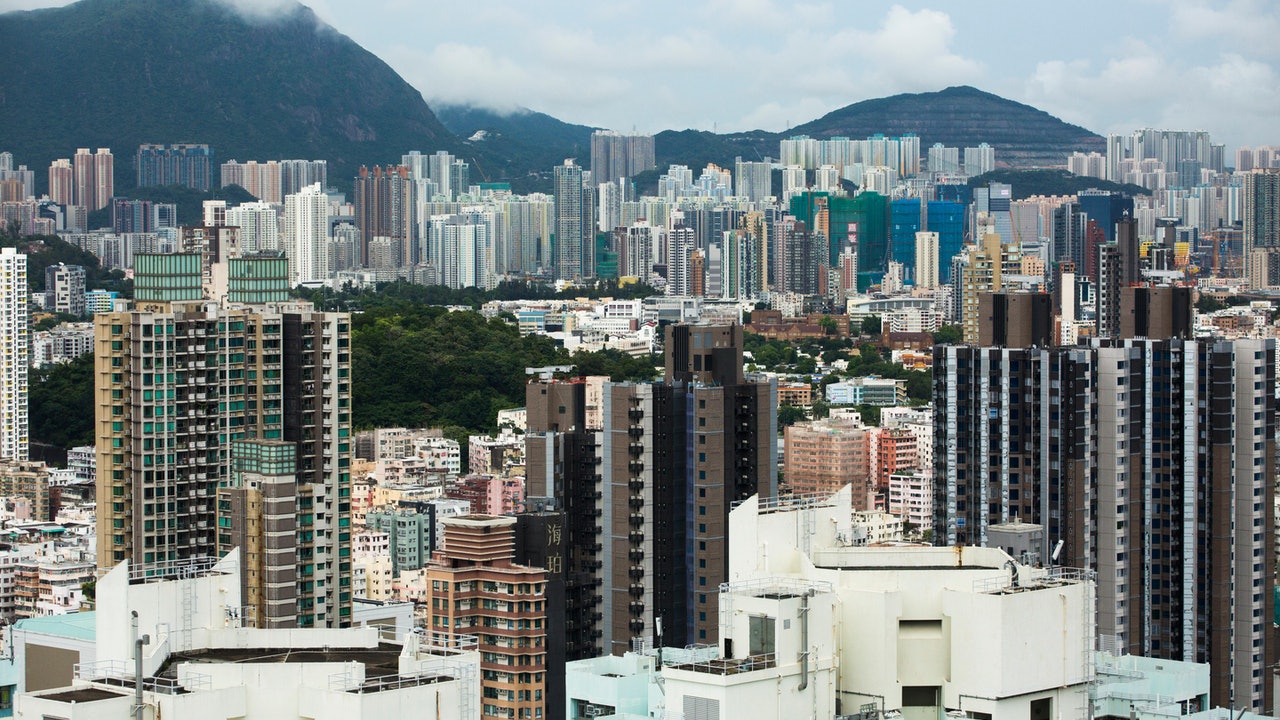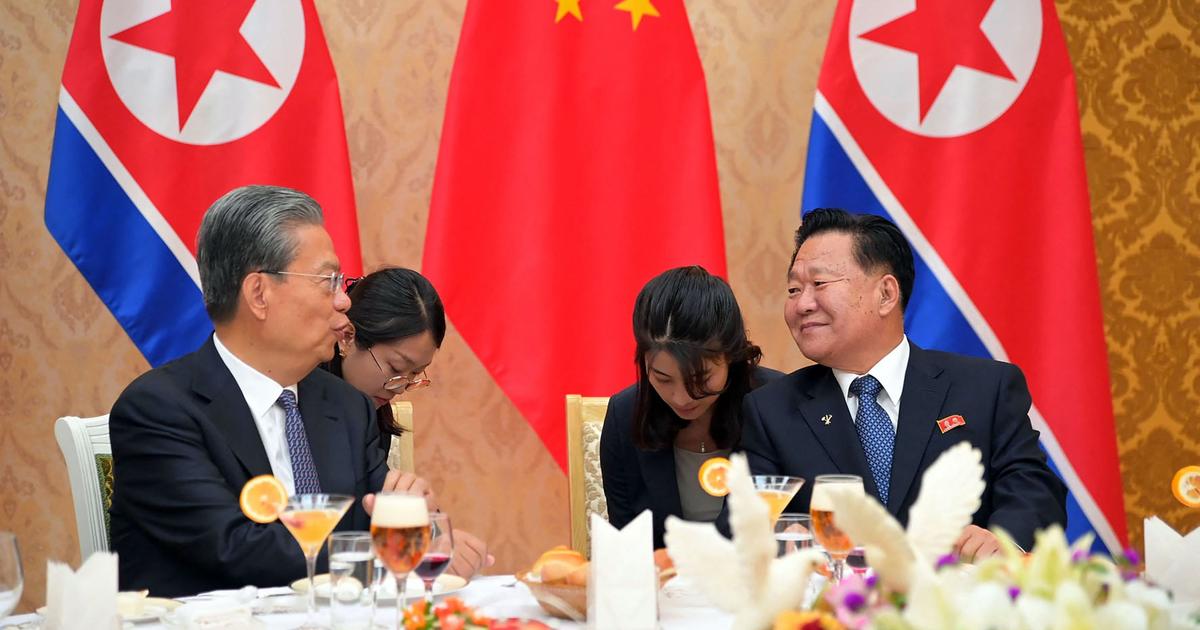The housing and land problem in Hong Kong has not been resolved for many years. Many social conflicts are accused of being derived from the housing problem, which has caused deep social grievances. The average family waiting time for public housing is as long as 6.1 years, a record high in 23 years.
This year marks the 25th anniversary of Hong Kong's return to the motherland. Looking back at this deep-seated contradiction and "dead knot", property prices have been rising since the 1980s. After the return to the motherland, the first Chief Executive Tung Chee-hwa's "85,000 Housing Plan" and the Asian financial turmoil were hit hard. Prices fell sharply until after the SARS epidemic in 2003, and then rebounded from the bottom. However, the missed opportunity to adjust housing policies has led to a continuous upward trend in the past 20 years. Subsidiary housing and nano-buildings have emerged, not only for the grassroots, but also for the middle class. It has also repeatedly appeared in the international news focus.
Before leaving office, the current Chief Executive Carrie Lam Cheng Yuet-ngor repeatedly "made moves", including pushing "Tomorrow Lantau" and "Northern Metropolitan Area" under the voice of controversy. There is no mention of the "three-year upstairs" commitment for public housing, and the improvement of the plight of grassroots housing has not yet seen the light of day.
Further reading:
According to the residential unit price index of the Rating and Valuation Department, the price index of private properties under 40 square meters (that is, less than 430 square feet) had been rising before the reunification, and it was the peak period in 1997. In just one year, it has risen by 38% to 161.4, and the "speculation" is hot. The average price of a unit of about 400 square feet in Kowloon is 2.261 million yuan. ".
Before the handover of sovereignty, the British Hong Kong government had been cutting hills and rocks, reclaiming land and building houses, first razing Kangshan and reclaiming the east of Hong Kong Island, and then announcing the core plan of the Hong Kong Airport, commonly known as the "Rose Garden Project", to build a new Hong Kong at Chek Lap Kok International Airport, North Lantau New Town and West Kowloon, etc. At the same time, three new towns were planned in the New Territories, including Tseung Kwan O, Tin Shui Wai and Tung Chung, while Ma On Shan was developed into an extension of Sha Tin, allowing a large number of people to move into the New Territories.
The first Chief Executive, Tung Chee-hwa, put forward the "85,000 Housing Plan" in the "Policy Address" as soon as he appeared on the stage, and promised to supply no less than 85,000 housing units every year after the reunification, so that 70% of the families in Hong Kong could "get on the bus". The waiting time for public housing for ordinary families has been shortened from 6.5 years to 3 years.
As soon as the "85,000" policy was introduced, the Asian financial turmoil ushered in. The property market suffered a double catastrophic blow. The property price index plummeted by nearly 30% in a year, and "bricks" became negative assets overnight. ”, the government suspended land sales for nearly a year in June of the following year, and “85,000” later became “non-existent.”
After the SARS epidemic in 2003, the property market rebounded from the bottom. Because the opportunity to adjust the property market policy was missed, the upward trend could not be stopped. The property price index has risen from 61.6 at the time to 392.7 by the end of 2021, with a 400-square-foot property in Kowloon. The average selling price has risen sharply from $835,000 to $6.633 million last year, a sevenfold increase.
For 20 years, the mournful song of getting on the bus has been played. In the name of helping ordinary citizens to "get on the bus", some developers have launched sub-divided units of less than 200 square feet. Even in the new HOS flats in Kai Tak, about 20% of the units are only about 180 square feet. Square feet, the usable area is comparable to a subdivided room.
According to data from the Legislative Council last year, the median living area per capita in Hong Kong is only 16 square meters (172 square feet), which is only half of the international minimum standard. The parking space is narrower.
There is no hope of "getting on the bus", and the living environment of the grassroots is even more dire. Subdivided housing has emerged, and even the rich man Chen Maobo has been involved in the scandal of renting out subdivided housing.
According to the report of the Research Working Group on "Subdivided Housing" Rent Control, there are at least 100,000 subdivided housing units in Hong Kong, and it is estimated that more than 226,000 people shy away from them. The allocation of public housing has become their only hope. However, the data as of March this year, The average family’s waiting time for public housing increased to 6.1 years, a 23-year high, following the grim situation at the time of the reunification.
Successive governments have introduced policies to cool the property market. In 2013, the last Chief Executive, Leung Chun-ying, abolished the "land acquisition" system, and changed the land offered by the government from public auctions to tenders, hoping to allow small and medium-sized developers to join the competition. However, it has aroused doubts about the lack of openness and transparency. More often, the land has been sold at "insane prices", which is the "culprit" of the continuous rise in property prices.
The current Chief Executive Carrie Lam launched a land supply consultation commonly known as the "Land Debate" in 2018 to examine the sources of land supply in Hong Kong. It was mentioned that there is still a shortage of at least 1,200 hectares of land in Hong Kong, and the government has formulated 18 options for land development to meet the needs of 1,200 hectares of land. land needs.
▼2021 "Policy Address" Development of New Territories North▼
+25
Before leaving office, Carrie Lam further pushed forward the "Lantau Tomorrow" reclamation project and the development of the "Northern Metropolitan Area" in an attempt to increase land supply. The "Long Term Housing Strategy" of the past two years declared that the land supply in the next ten years has "reached the target" , but it will be "top-heavy and tail-light", and "the next five years", that is, after 2030, is expected to ease the living plight of the citizens, but it has been repeatedly criticized that the relevant plans are "intensive" and "existing moisture". Whether the excellent Li Jiachao government can successfully "make a move" to dismantle the chaos of housing and achieve the central government's goal of "eliminating subdivided housing" has become the focus of the outside world.
25 years since the return of China|The length of the railway has increased by 1.5 times, and the MTR has 40% of the passenger fares and accumulated 25% of the ticket price.













